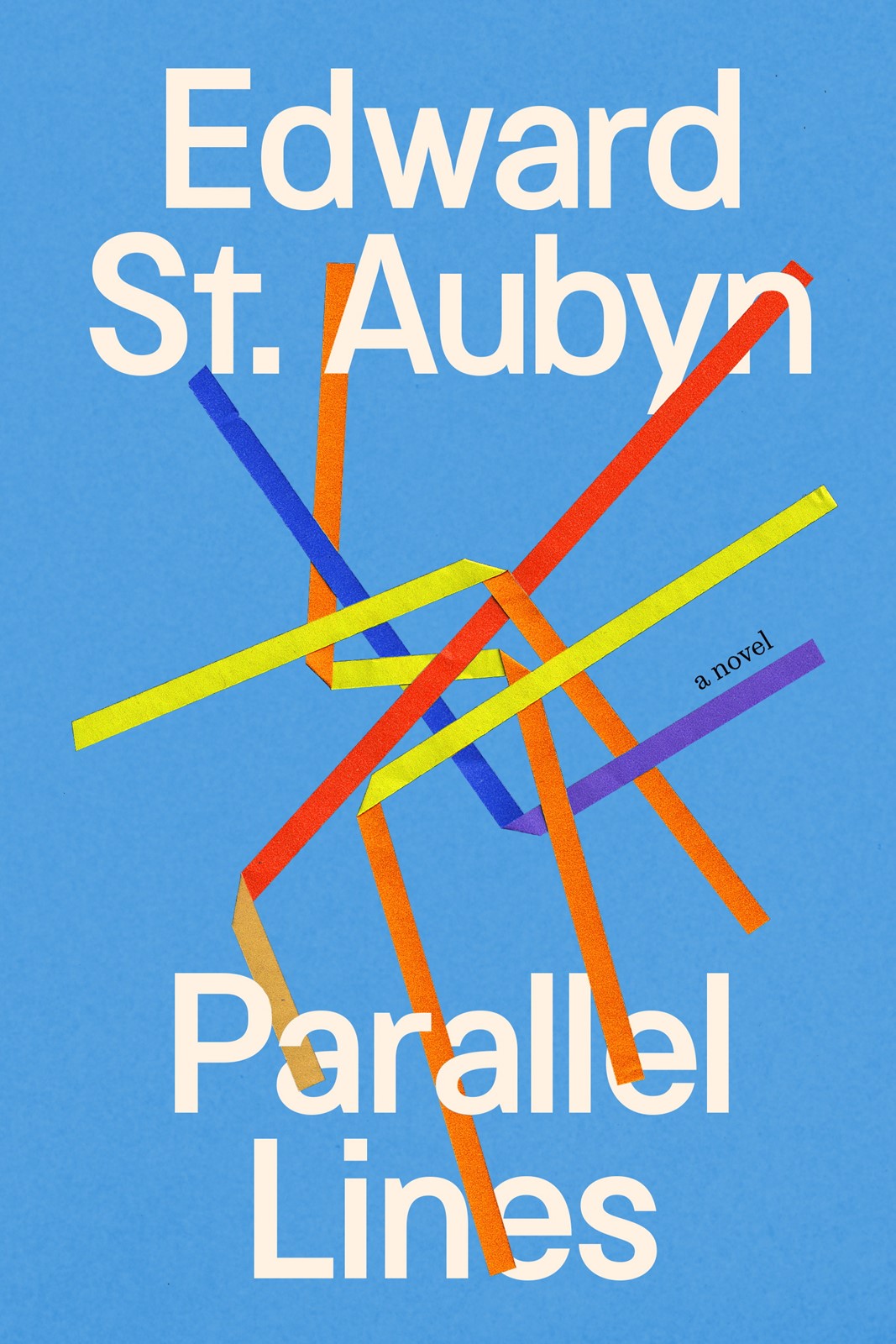“My funny Guillotine … sweet, comic Guillotine,” he sings. Also: “Pill-cutter, pill-cutter, cut me a pill.” And: “Senator Krupke, I’m down on my knees, because nobody wants a fellow with a mental disease.”
This is Sebastian, the ebullient schizophrenic at the center of “Parallel Lines,” the new, uneven Edward St. Aubyn novel. Sebastian is a preposterously winning fictional creation. He owes a debt to Randle McMurphy in Ken Kesey’s “One Flew Over the Cuckoo’s Nest,” to Lionel Essrog, the private detective with Tourette’s Syndrome in Jonathan Lethem’s “Motherless Brooklyn” and to some of the motormouth talkers in Philip Roth’s fiction.
Sometimes the radio station in Sebastian’s head is tuned to the dark, self-loathing feed that the writer Tommy Tomlinson has called USUCK-FM. But more often, the songs emerge as delirious patter. He hopes to get out of the mental hospital where he’s been placed after a dramatic episode and become “an ambulatory schizophrenic, whistling ‘Carmen,’ as he ambulated down the boulevards, a cane in one hand and a tuft of hair in the other. ‘Torre adore! la di-da di-da.’”
Sebastian was formed, in large part, on the anvil of childhood trauma. This is a quality that links him with Patrick Melrose, the protagonist of St. Aubyn’s best-known work — the five interconnected novels sometimes referred to as the Melrosiad, or, as the author prefers, the Melroses. Most of the resemblances between Seb and Patrick stop there.
St. Aubyn crashed out of the gate with those wicked Melrose novels, in the same manner Karl Ove Knausgaard did with his “My Struggle” series. Both writers have experienced what seems to be an identity crisis since those defining peaks. Each is a vastly talented novelist working out what kind of writer he now wants to be.
For St. Aubyn, one answer was provided in his last novel, “Double Blind” (2021). Among its subjects, I wrote at the time, were brain-mapping, biochemistry, immunotherapy, schizophrenia and the ethics of placebos. “Parallel Lines” is a sequel (oh no) to that novel. You don’t have to have read “Double Blind” to swallow this one. The same large cast is here, caught up with a few years later, just after the worst of Covid. The setting, most of the time, is London.
There are shrinks, people making radio programs about the varieties of approaching Armageddon, portentous land and light artists, a woman fighting cancer, a boy named Noah with an ark, estranged twins, a billionaire who is almost palatable despite what is called his “belligerent hospitality,” a priest or two, and an awful mother named (what else?) Karen.
The topics on the table this time — indeed, this novel reads like bright table talk — include the nature of psychoanalysis (“a form of literary criticism in which the text is the subconscious”), patronage, compassion burnout, dietary virtue, developments in oncology, faith, coffee, dinosaurs, conceptual art and Donald Trump as sociopath and narcissist.
The primary theme, however, is connection — synchronicity, surges of coincidence, twinning, mirroring, whatever you want to label it, all coming together “like a bride having her hair braided before a wedding.” St. Aubyn finds links and associations everywhere; every corner of the known universe heaves with layers of meaning.
St. Aubyn is worth reading, nearly all the time, because his novels contain brutal and funny intellectual content. He’s a briny writer, one who dispatches a stream of salty commentary, sentences that whoosh past like arrows:
Making people proud of what they used to be ashamed of is such an intoxicating alchemy.
She had a face like a court summons you’d scrunched up angrily and then fished out of the bin and tried to flatten.
An unexamined life always commands the highest price for an autobiography.
You can probably pick up an air defense system at Walmart in El Paso.
Thomas dispatched the two Negronis with the relief of a man chucking a couple of overdue thank-you letters through the slit of a postbox.
Wondering, as she always did, why olive oil was alone in having extra virginity.
His men and women, most of them comfortably off, worry if the barbarism of the age can be redeemed while worrying about their own small, boutique barbarisms. They are trying to save what’s savable, inside and out, from a world on fire.
St. Aubyn’s talents are mighty, so much so that you wonder why this novel, and its predecessor, aren’t even better than they are. “Parallel Lines” is a high-level entertainment, but it’s so incident- and idea-packed that nothing quite sticks. St. Aubyn can be as philosophically acute as Iris Murdoch but, unlike her fiction, you’re rarely aware of the hull below the brightly painted watertight deck. “Parallel Lines” lacks a certain earthiness; you never sense the blood flowing under its characters’ hair.
What about Sebastian? He’s the primary reason to be here. He rips into the Jam song “That’s Entertainment!” at the least appropriate moments. He wishes that, like a cow, he could stomach anything. He calls his shrink of five years his “psycho-nanny-lyst.” Placed in the hospital’s Suicide Observation Room, he comments that “with a name like that, you would have thought it would be stuffed with pistols and daggers and grenades and cyanide capsules.” Even though he is fully grown, the reader half wants to adopt him.
Like a Shakespearean comedy, “Parallel Lines” builds up to a big coming-together, this time in an art gallery, with most of the major characters crammed into a small space. In the penultimate sentence, someone says, “To be continued.” Are these novels destined to become part of a trilogy? I’d probably read a third one, but I get paid for this.



 PREVIOUS ARTICLE
PREVIOUS ARTICLE
